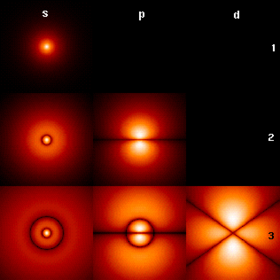
Cosmic rays believed to start in black holes
Ultra-high energy cosmic rays -- particles that pack the punch of a rifle shot -- make their way to Earth from massive black holes in nearby galaxies, scientists said on Thursday, in a finding that may solve a mystery that has puzzled physicists for decades.
This sub-atomic matter, they believe, likely breaks free just before stars, gas and dust are gobbled up by the gravitational pull of black holes so dense that not even light can escape.
The finding, published in the journal Science, begins to explain how a single particle carrying so much energy could make its way to Earth.
"These cosmic rays have puzzled people for years," said Alexander Kusenko, a professor of physics and astronomy at the University of California, Los Angeles, who worked on the study with physicists and astronomers from 17 countries.
"This is a fundamental discovery," said Nobel physics laureate James Cronin of the University of Chicago. "The age of cosmic-ray astronomy has arrived."
Scientists have long suspected that ultra-high energy cosmic rays come from outside our galaxy, but researchers now believe they travel as far as 250 million light-years to Earth. A light year is the distance light travels in one year, or about 5.8 trillion miles.
"This particle has enormous energy. It carries as much energy as the punch of a boxer," Kusenko said in a telephone interview.
"A single particle carries as much energy as a bullet from a rifle," added Katsushi Arisaka, a UCLA professor of physics.
Discovered 95 years ago, cosmic rays are not really rays at all but very energetic particles coming from space into the Earth's atmosphere. Most get their start in our galaxy, such as those from the Sun.
Ultra-high energy cosmic rays are most likely protons or other nuclei. These particles arrive on Earth once per square mile per century, making it highly unlikely one would ever hit a person.
When they reach the Earth's atmosphere, they start smashing into other particles and making new ones.
"Each of these particles hits some other nucleus and produces more energetic particles," Kusenko said. "There is an avalanche-like process that results in a billion particles traveling at nearly the speed of light."
To trace the origins of the particles, the researchers used the Pierre Auger Observatory in Argentina, the largest cosmic ray observatory in the world, covering 1,200 square miles. It uses a network of 1,600 water tanks to capture the air showers.
This allows the researchers to calculate the trajectory of the particles, which they matched up with a catalog of possible sources, said Miguel Mostafa of the University of Utah.
"The sources are the center regions of very active galaxies which host violent black holes" and are known as "active galactic nuclei," Mostafa said in a statement.
"Now that we found the sources, we are one step closer to knowing what physical process can accelerate particles to these ultra-high energies. Right now, we don't know."

No comments:
Post a Comment